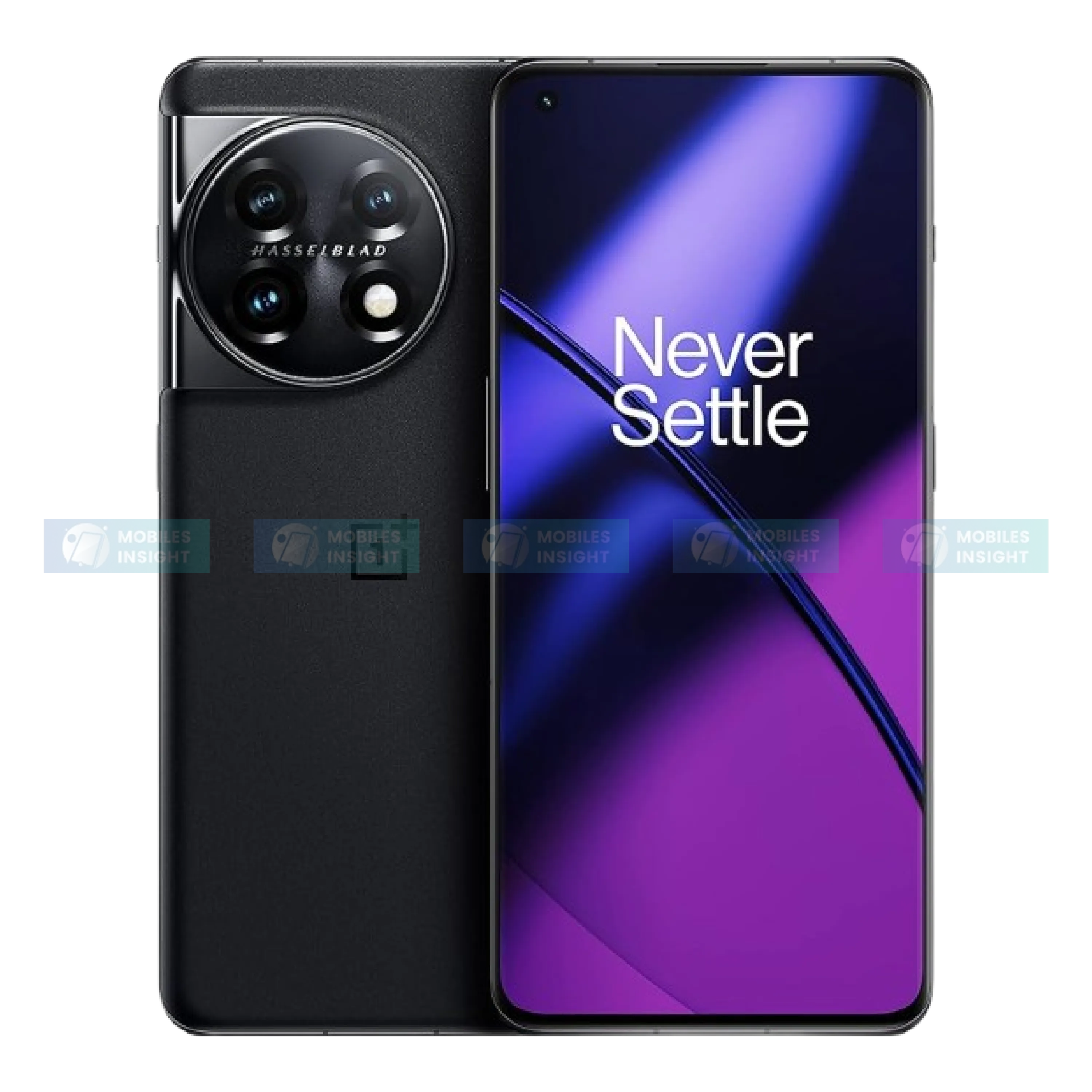
The Wait Is Over: Xiaomi Launches HyperOS 3 With Bold Visual Upgrades
Xiaomi has officially launched HyperOS 3 with bold visual changes and smarter system upgrades. This new update is designed to give users a smoother, more connected, and enjoyable experience across different devices. HyperOS 3 brings better personalization, smoother animations, and stronger cross-platform support. It also comes with a fresh user interface, improved privacy features, and faster performance. More than just a software update, HyperOS 3 is a redesigned system that combines style, speed, and intelligence, taking Xiaomi’s smart ecosystem to the next level.
What Makes Xiaomi HyperOS 3 Different?
The big question after any major update is always the same: what makes it different? Xiaomi has given a clear answer. HyperOS 3 is not just a small UI update, it is a complete change in how we use the phone every day. Every animation, gesture, and touch feels smoother and more natural.
The design looks fresh. The elements are simpler but more lively, with depth created through smooth motion instead of extra clutter. Widgets are no longer just static boxes, they act smartly and adapt to what you need. The changes are balanced: easy enough to understand without confusion, yet strong enough to show that Xiaomi is ready to stand beside the polished designs of iOS 26 and Android 16.
For Bangladeshi users, who often use their phones for calls, payments, social media, and entertainment, this new clarity makes life easier. It helps the phone feel less like a simple device and more like a smart digital hub for daily needs.
Which Devices Will Get HyperOS 3?
Beta Program Starting August 2025
Xiaomi started a two-wave HyperOS 3 beta program in August 28, 2025, mainly for high-end devices. First wave eligible models:
- Smartphones: Xiaomi 15, 15 Pro, 15 Ultra, 15S Pro, Redmi K80 Pro, Redmi K80 Ultra/Extreme Edition.
- Tablets: Xiaomi Pad 7 Pro and Pad 7S Pro (12.5").
Staged Rollout for Stability
Xiaomi is starting the update with flagship and high-end devices first to make sure everything runs smoothly. Updates to the popular mid-range models will come later after early feedback is collected.
Full Compatibility Landscape
Xiaomi is ready to support a wide range of devices with HyperOS 3. According to Nokiamob, 65 models are eligible, including Xiaomi 14 and 13 series, Redmi Note series, Redmi K-series, POCO phones, tablets, and other mid-range devices.
Dual Versions Android 15 vs. Android 16
Xiaomi is offering two versions of HyperOS 3:
- A full-featured version based on Android 16 for newer flagship smartphones.
- A lighter version based on Android 15 for older or entry-level phones. This way, even devices that cannot run Android 16 can still get the new user interface updates.
How Do Visual Upgrades Change Daily Use?
Let’s break it down. Visuals are not just for looks; they change how people use their phones. HyperOS 3 brings smoother transitions, fluid scrolling, and icons that adjust their size smartly.
Accessibility has been improved. Bigger text options, color modes that are easier to see, and voice-assisted navigation make it easier for everyone. For example, seniors in Bangladesh using bKash or other mobile banking apps will find it much easier to navigate.
HyperOS 3 now feels as polished as iOS while keeping Android’s flexibility. With Android 16 as its base, the experience is designed to stay modern and useful for a long time.
How Does HyperOS 3 Leverage AI Technology?
Xiaomi's HyperOS 3 brings a smart AI system that makes using your phone easier and more useful. Key features include:
- Real-Time Translation and Transcription: The AI Interpreter helps you communicate easily by translating conversations in real-time during meetings, calls, or face-to-face talks.
- Smart Photo Editing: The AI Expand feature in the Gallery app uses advanced AI to improve photo editing, giving you new tools to enhance your pictures.
- Predictive App Launch: HyperOS 3 can predict which apps you need and open them for you, making it faster to access the apps you use most.
- AI-Powered Notes: The Notes app uses AI to help summarize, organize, check, and translate your notes, making your work and study easier.
These features work best on devices with Snapdragon 8 Gen 3 chipsets, giving smooth performance. In places like Bangladesh, where the internet can be slow, HyperOS 3 focuses on on-device AI, so everything works faster and more reliably.
Can HyperOS 3 Handle Modern Connectivity Demands?
Modern devices need more than just speed. They also need strong and reliable connections. HyperOS 3 works with the latest 5G networks and is optimized for faster downloads and lower delays.
Importantly, Xiaomi has prepared for satellite connectivity. While it is not yet common, this means future Xiaomi phones can work in emergencies and in rural areas without regular network towers. In Bangladesh, where many rural areas still struggle to have stable internet, this is not just a bonus but a helpful safety feature.
By combining 5G and satellite, HyperOS 3 makes Xiaomi ready for changing network conditions in the future.
What About Charging and Performance Efficiency?
One important feature that is often overlooked in operating system discussions is energy efficiency. HyperOS 3 comes with optimizations made for Qi2 wireless charging. This works well with global magnetic alignment standards, allowing faster and safer charging.
Battery management has also been improved. HyperOS 3 now learns your charging habits, which helps reduce battery wear over time. Heat management, which is very important in Bangladesh’s hot climate, is better with AI controlling the device to prevent overheating.
These improvements make Xiaomi phones more practical for long-term use. Whether you are gaming, streaming, or using financial apps, the phone performs well without wasting battery.
How Does It Fit into the Evolution of Android Chipsets?
To understand HyperOS 3’s improvements, we need to look at how Android chipsets have changed. From the early Qualcomm Snapdragon 400 series to today’s Snapdragon 8 series, chips have moved from just high GHz numbers to smart AI features.
HyperOS 3 works perfectly with this. It uses GPU power not only for gaming but also for smooth screen visuals and AI tasks. This means fewer lags, even when running many apps at the same time.
Compared to Samsung’s OneUI or Oppo’s ColorOS, Xiaomi has made HyperOS 3 more than just a design skin. It is a smart system that works with the latest chipsets to give better performance.
How Does HyperOS 3 Compare to iOS and Other Android Skins?
Direct comparisons are natural. iOS is still strong in consistency, while Android skins let you customize more. HyperOS 3 combines both ideas.
In look and feel, it's closer to iOS’s clean style, but its widgets and AI features are more powerful. Compared to Android 16, HyperOS 3 feels newer and more useful for upcoming AI smartphones.
The result is not just matching others but standing out. Xiaomi is no longer trying to catch up; it is now setting its own pace, especially in Asian markets.
When Will HyperOS 3 Arrive in Bangladesh?
For Bangladesh, the update schedule is very important. Based on Xiaomi’s past plans, flagship phones like the Xiaomi 15 Pro should get HyperOS 3 updates by late October. Mid-range phones will get it in early 2026.
Partnerships with telecom operators will also matter. Improvements for Bangladesh’s 5G networks will likely come first for operators like Grameenphone and Robi. Satellite services may take longer, depending on BTRC approvals.
Users here are eager, but Xiaomi knows Bangladesh is one of its fastest-growing markets. An early rollout will help more people start using it quickly.
Final Thoughts
For Bangladesh, the update timing is very important. Based on Xiaomi’s past schedules, top phones like the Xiaomi 15 Pro should get HyperOS 3 by late October. Mid-range phones will get it in early 2026.
Mobile network partnerships will also play a role. Improvements for Bangladesh’s 5G networks will likely come first, with operators like Grameenphone and Robi. Satellite features may take longer, depending on BTRC approvals.
Users here want updates quickly. Xiaomi knows Bangladesh is one of its fastest-growing markets, so an early rollout will help more people start using it.
Popular Phone Reviews

Samsung Galaxy A70 Review: Features, Performance, and Value Insights

Apple iPhone 16 Pro Max Review: Features, Performance, and Value Insights

Apple iPhone 12 Pro Max Review: Features, Performance, and Value Insights

Xiaomi Redmi 12 Review: Features, Performance, and Value Insights






